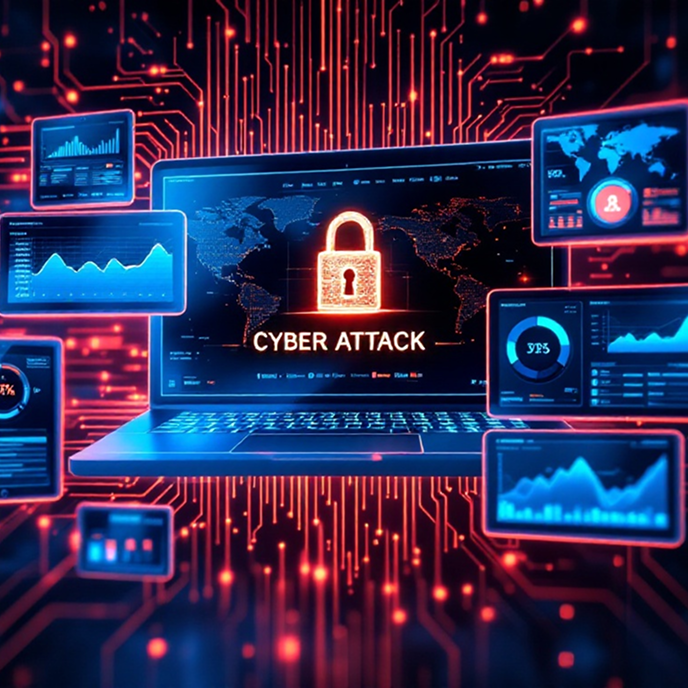The hidden costs of inadequate cybersecurity: A CISO’s perspective
In today’s digital landscape, the question isn’t whether your organisation will face a cyber attack, but when. As someone who has spent over two decades securing enterprise infrastructures across EMEA, I’ve witnessed firsthand how the cybersecurity threat landscape has evolved – and the devastating impact of inadequate security measures on businesses of all sizes.The myth of size-based security
One dangerous misconception continues to persist: that smaller organisations are somehow flying under cybercriminals’ radar. The data tells a different story. In the past year alone, we’ve seen a 300% increase in attacks targeting businesses with fewer than 100 employees. Why? Because cybercriminals know these organisations often lack robust security infrastructure and expertise.The real-world impact
The statistics are sobering:- Average cost of a data breach: £3.2 million for UK companies
- Mean time to detect a breach: 200+ days
- Ransomware payments have increased by 171% year-over-year
- 94% of malware is delivered via email
- But beyond these numbers lies a stark reality: businesses are losing customer trust, facing regulatory penalties, and in many cases, never recovering from major security incidents.
The false economy of security cost-cutting
In my role advising organisations across Europe and the Middle East, I consistently encounter companies trying to reduce security costs through measures such as:- Delegating security responsibilities to IT generalists
- Implementing security tools without proper expertise
- Maintaining outdated security protocols
- Minimising security training budgets
The expert advantage
Professional security leadership isn’t just about preventing breaches. It’s about:- Implementing proactive threat detection and response
- Ensuring regulatory compliance across multiple jurisdictions
- Developing robust incident response capabilities
- Creating security-aware organisational cultures
- Aligning security strategies with business objectives
- Reduced incident response times
- Lower insurance premiums
- Enhanced stakeholder confidence
- Competitive advantage in tender processes
- Protected brand reputation
The way forward
The threat landscape continues to evolve rapidly. State-sponsored attacks are increasing, ransomware is becoming more sophisticated, and supply chain vulnerabilities are being exploited at an unprecedented rate.Organisations must:
1. Prioritise security leadership at the executive level
2. Invest in qualified security personnel
3. Implement comprehensive security frameworks
4. Regularly test and update security protocols
5. Maintain continuous security training programmes

